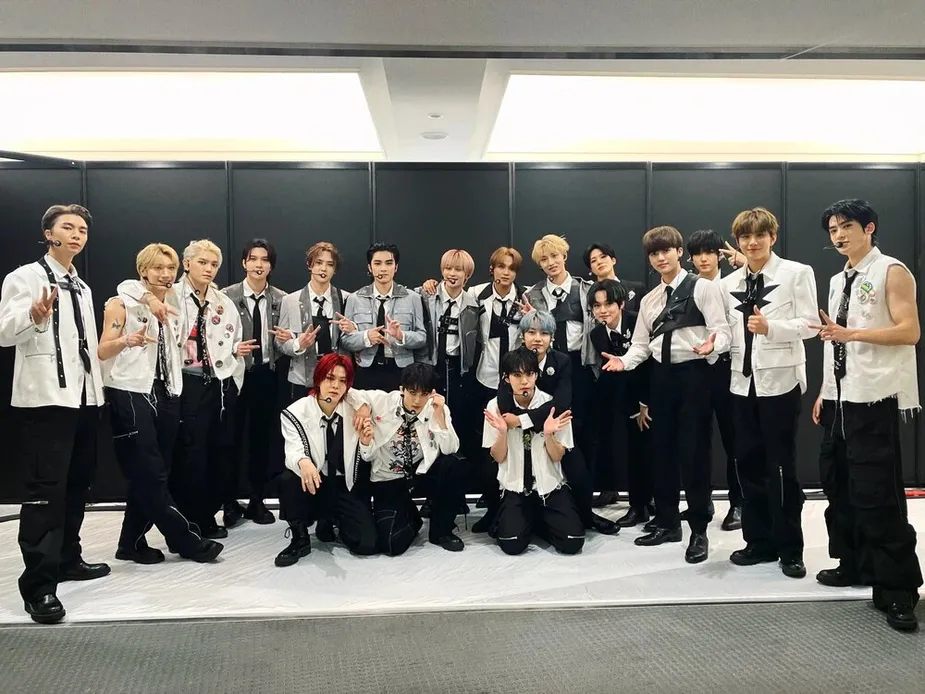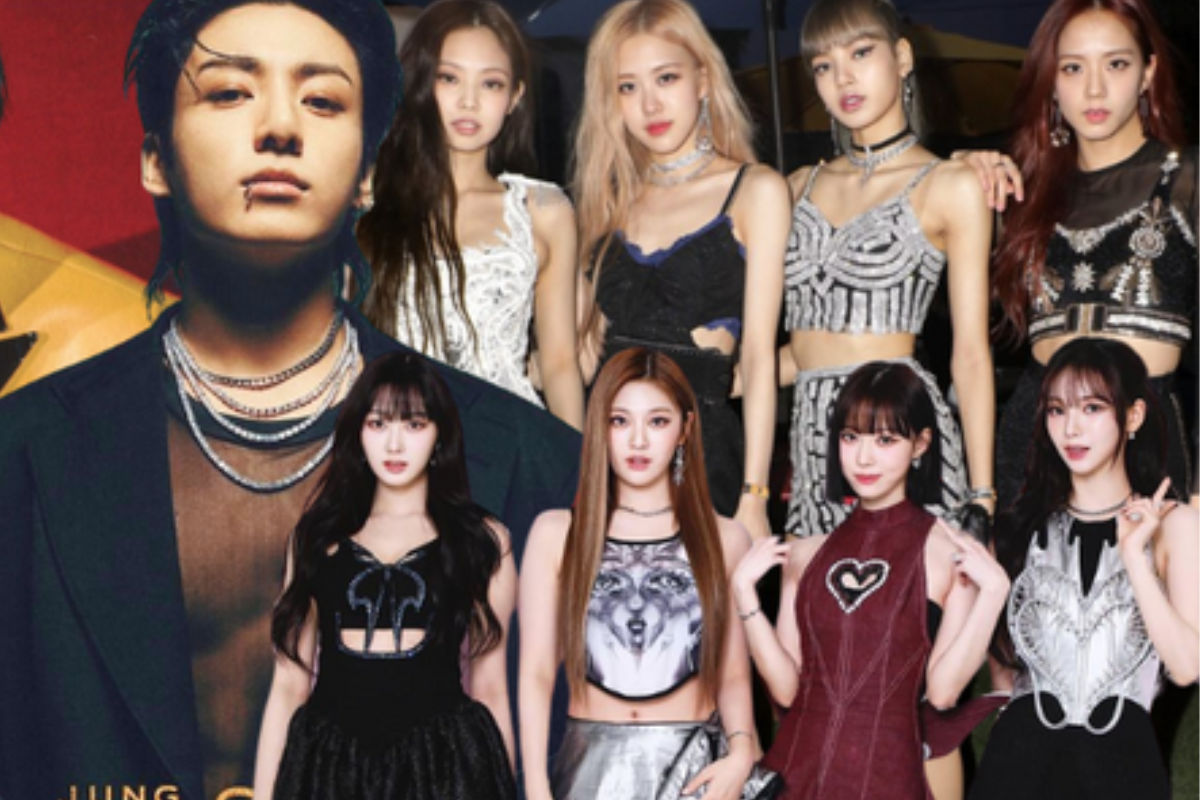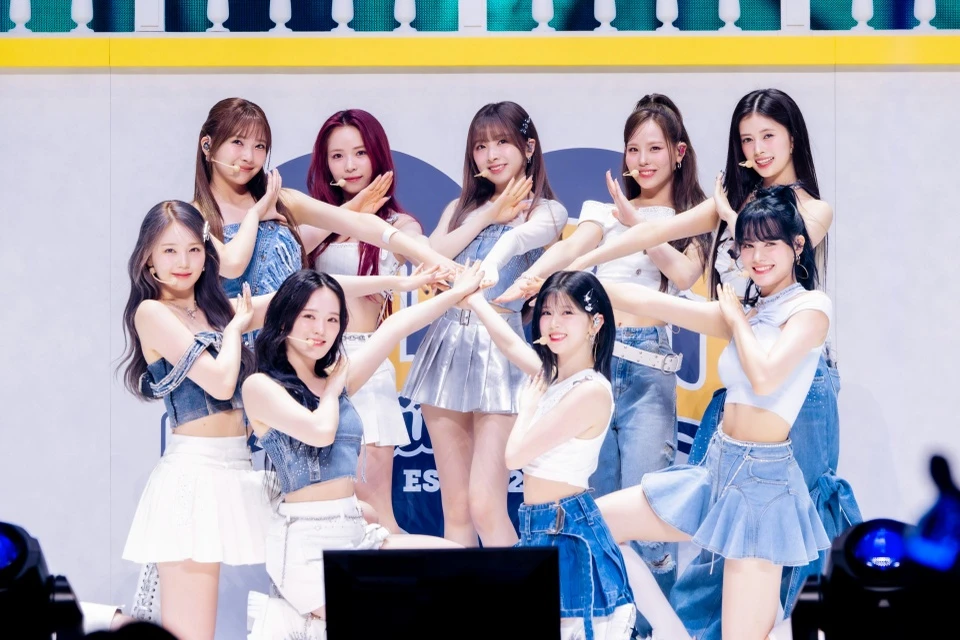Following the global success of K-pop in recent years, music moguls are struggling with how to maintain momentum. They agree that localization (i.e., applying the K-pop style to the discovery and training process for different overseas markets) is a key strategy.
The K-pop Strategy
SM Entertainment founder Lee Soo Man introduced this concept in 2016. His plan included launching a group with an unlimited number of members and subunits based in various cities worldwide.

This vision gave birth to NCT (Neo Culture Technology), a large boy group with 26 members divided into multiple subunits. The group was created with the ambition of global expansion, focusing on Japan and China. However, NCT has only achieved high recognition in Korea.
After NCT’s slow start, the unexpected global success of BTS motivated K-pop leaders to revive their ambitions.
WayV, a subunit of NCT in China under SM Entertainment, and HYBE’s &Team in Japan are trying to stay active.
NiziU, a girl group consisting entirely of Japanese members, was formed by JYP Entertainment and Sony Music Entertainment Japan in 2020. They have had several singles chart high in Japan and the US. However, on a global scale, NiziU’s influence remains modest.

Nevertheless, K-pop powerhouses like JYP Entertainment, HYBE, and SM Entertainment continue to believe in the localization of K-pop. This time, they are partnering with local entertainment companies to experiment with the K-pop training and development system in Western countries, particularly the US.
JYP launched the multinational girl group VCHA in the US earlier this year in collaboration with Republic Records, an American record label. VCHA includes a Vietnamese member named Kendall Ebeling. The company also has NEXZ, a group of six Japanese members and one Korean member. They debuted simultaneously in both the Korean and Japanese markets, aiming for global reach.
Risky Move
According to The Korea Herald, this direction is controversial. Audiences question whether a group consisting entirely of foreign members can still be called K-pop. Moreover, the chances of success for these groups, especially in the West, are slim.
Pop music critic Lim Hee Yun points out that the unique appeal of K-pop artists, from their appearance and stage performance style to their personalities, attracts Western audiences.
“When K-pop first became popular in the US and Europe, people there were unfamiliar with idols who wore heavy makeup and stage costumes in a fitting style. The idols were very friendly but different when performing on stage. Western audiences found K-pop idols new, strange but attractive. This means that Western artists trained and active in the K-pop model will be less appealing to local audiences. They will find these artists too familiar in terms of appearance and culture,” said Lim Hee Yun.

Another pop music critic, Lim Jin Mo, also believes that K-pop’s success is due to the artists being Korean.
“If there are one or two foreign members in a group, they might attract attention from fans in that country. But if a group consists entirely of compatriots, fans might lose interest. I once asked fans in Thailand if they would like a K-pop group with only Thai members, and their answer was ‘no,'” the expert said.
Grace Kao, a Yale University professor specializing in ethnicity, race, and migration who also teaches about K-pop, pointed out that many fans like K-pop because it comes from Korea.
“I think K-pop groups with non-Korean members can succeed, but part of the appeal of K-pop to American fans is that it comes from Korea. Many of us like the unique flavor of K-pop artists, songs, and choreography. If the groups don’t come from Korea and their songs aren’t in Korean, fans will find it harder to recognize it as K-pop,” Kao told The Korea Herald.

